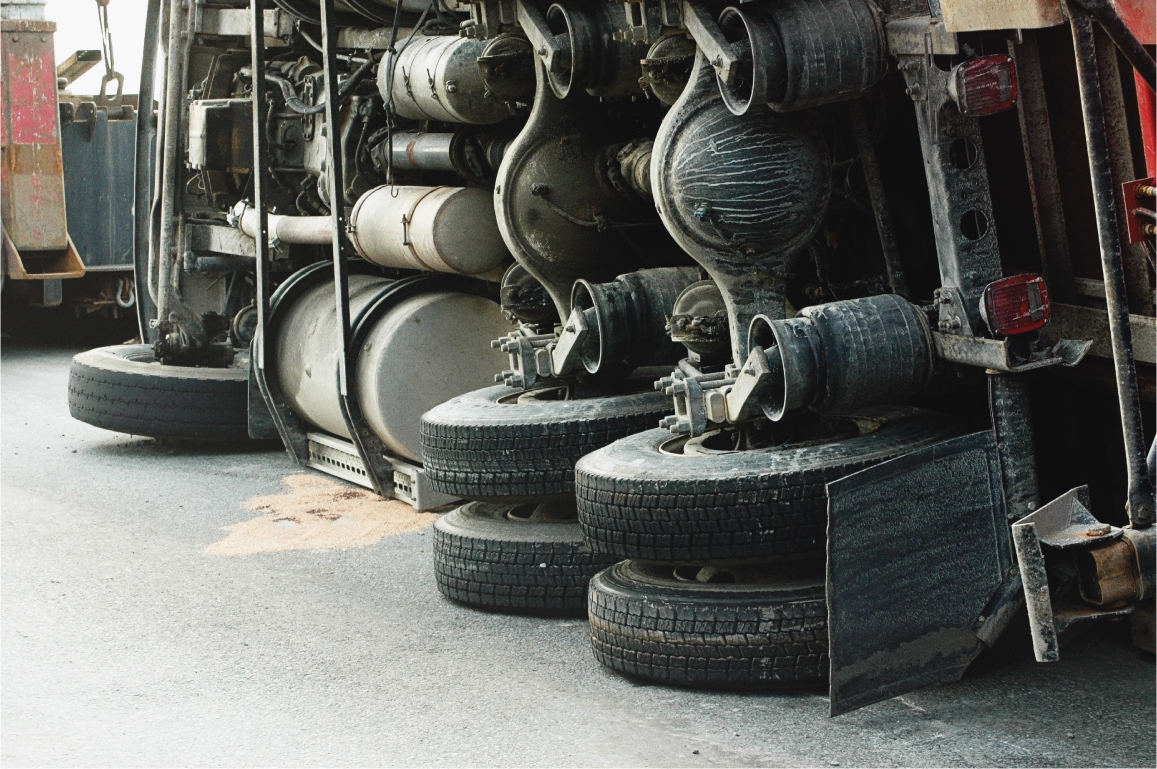Weighbridges
How Weighbridges Help Prevent Vehicle Overloading
Weighbridges play an important role in ensuring vehicles are not overloaded.
Weighbridges help prevent vehicle overloading. For accurate vehicle weighing, It is essential that your weighbridge is kept in tip-top condition through regular preventative maintenance, servicing and calibration.

The effects of overloading a vehicle
1) It makes the vehicle less stable, difficult to steer and take longer to stop. Vehicles react differently when the maximum weights, which they are designed to carry are exceeded. The consequences can be fatal.
2) Massive strain is put on vehicle tyres. Overloading can cause the tyres to overheat and wear rapidly which increases the chance of premature, dangerous and expensive failure (such as blow outs).
3) Insurance cover is void. Overloading a vehicle is illegal and therefore insurance cover can be voided if the vehicle is involved in a crash.
4) It causes excessive wear and damage to roads, bridges and pavements at the expense of the tax payer.
5) It is unfair on other operators. Exceeding weight limits is unfair competition as more load is moved per journey.
6) Fuel consumption increases when carrying extra load, which will increase your costs.
Ways of preventing a vehicle from becoming overloaded
1) Know the weights of your vehicle and load. If possible, weigh the vehicle to establish individual axle weights.
2) Re-distribute your load appropriately after any drop-offs to avoid overloading axles.
3) Check the Gross Vehicle Weight before setting out, either using your own weighbridge, or one nearby. You are allowed to drive to the nearest available weighbridge to check your load and then go to a place where they can take off some of the load if the vehicle is overloaded.
4) Do not automatically trust declared weights, invoices or delivery notes given to you by customers. Remember that you hold the responsibility for not overloading, not the customer.
5) Remember that the GVW and GTW include the weight of the vehicle, load, trailer (for GTW) driver and any passengers. Also allow for the weights of any pallets or packing cases.
6) Make sure that your lift / tag axle is used correctly. Not using this axle when the vehicle is loaded means that axles or gross weights could exceed their allowed limits.
Weightron offer a complete range of surface and pit mounted weighbridges, driver terminals, instrumentation, software and peripheral control equipment. Please contact us for expert and friendly advice.